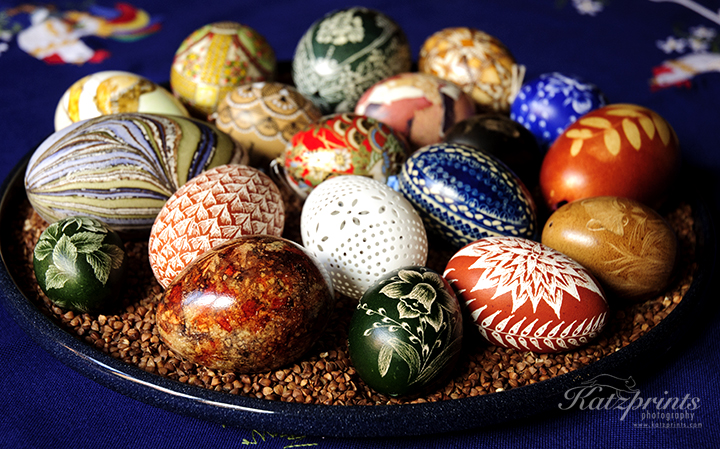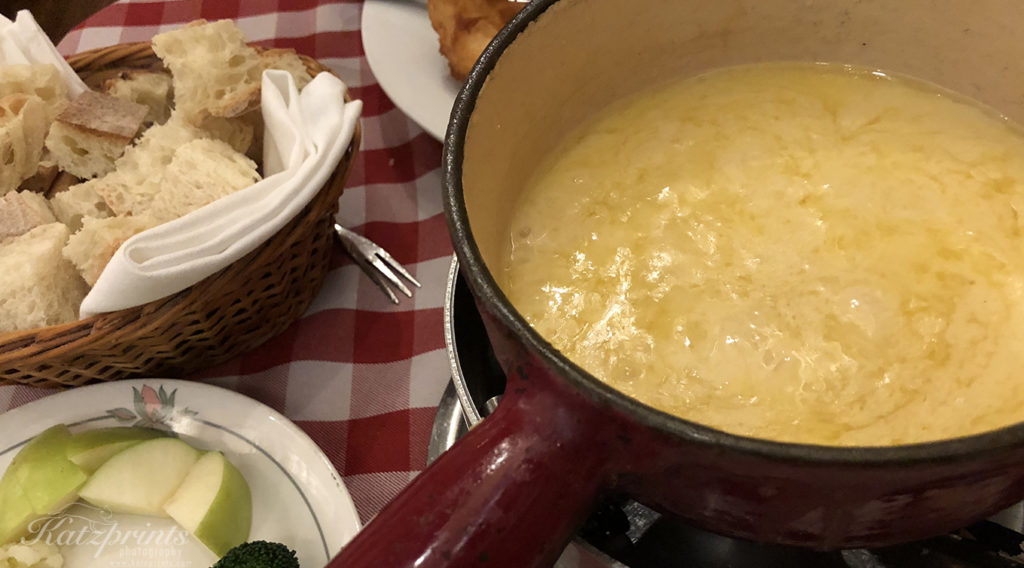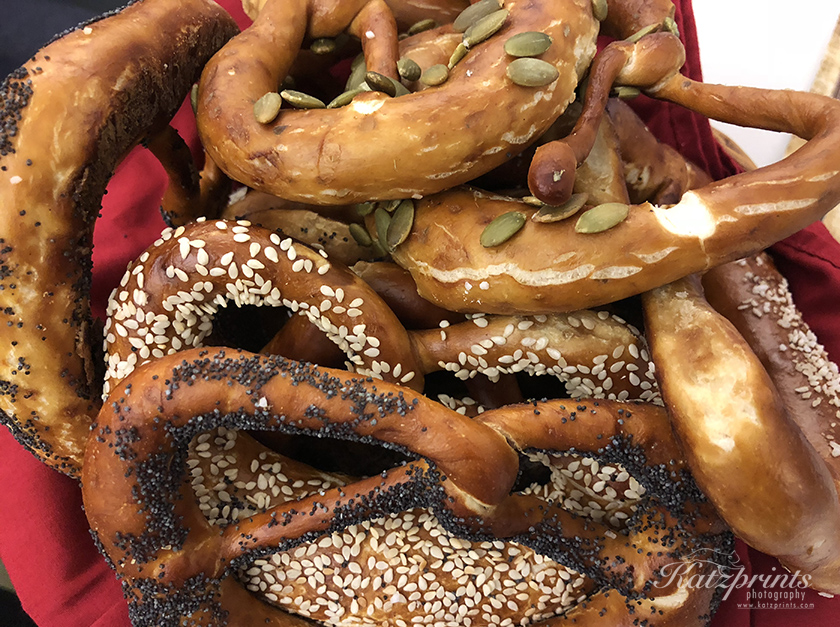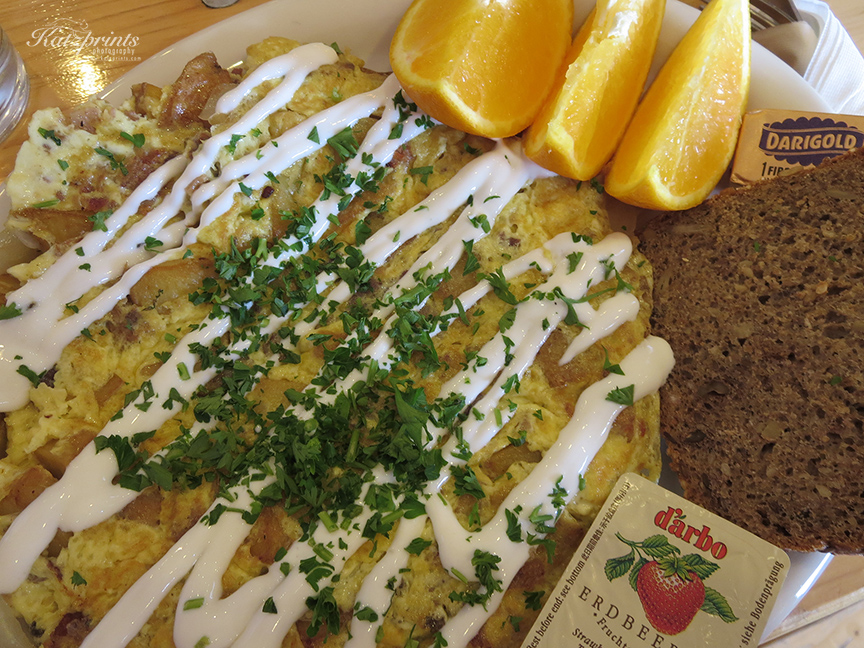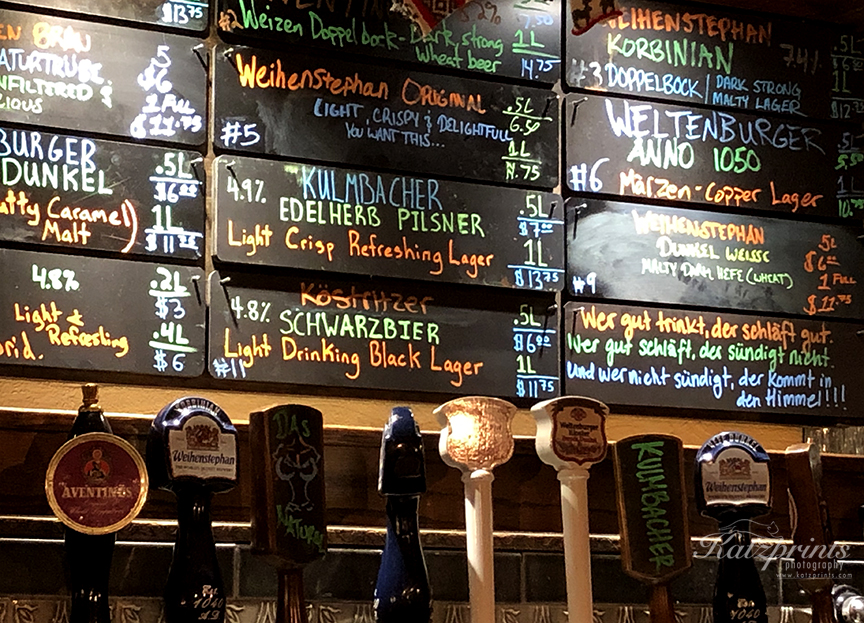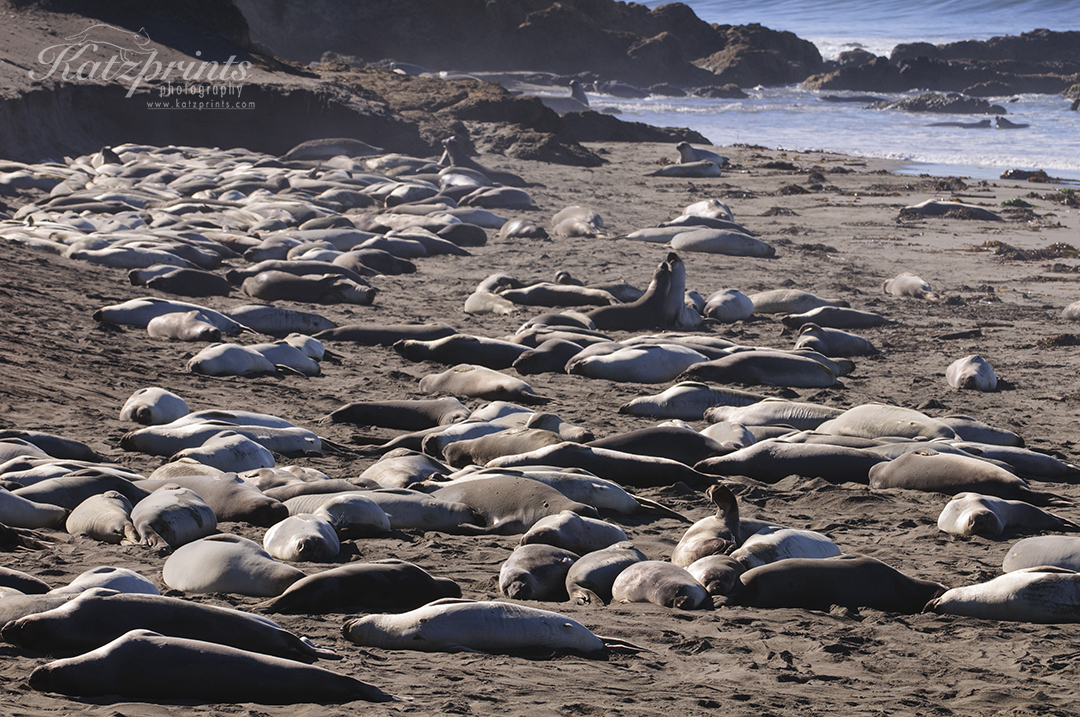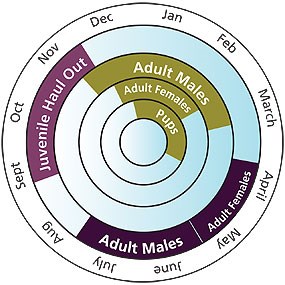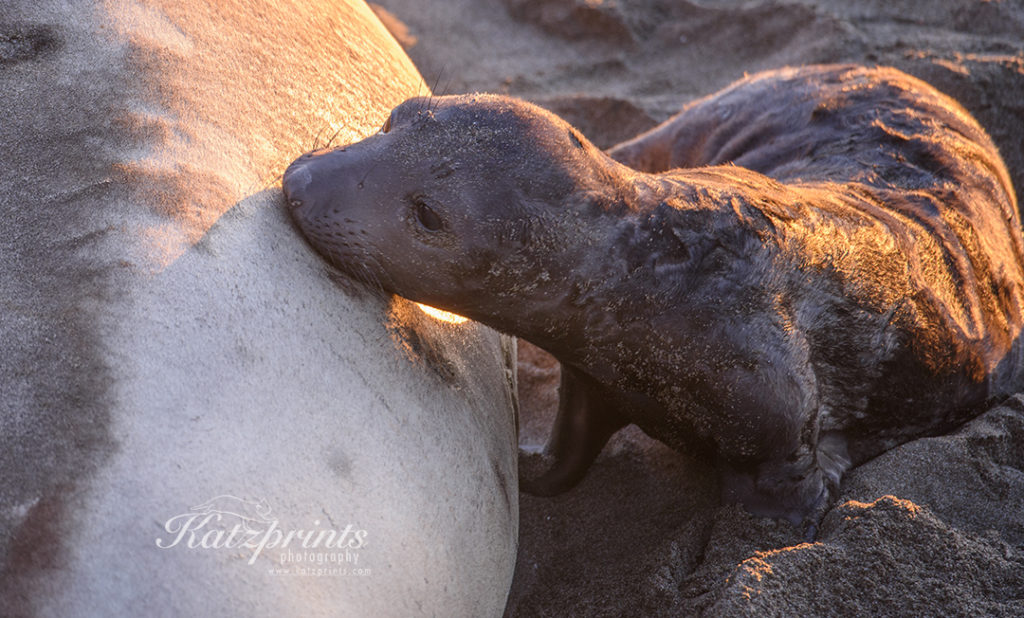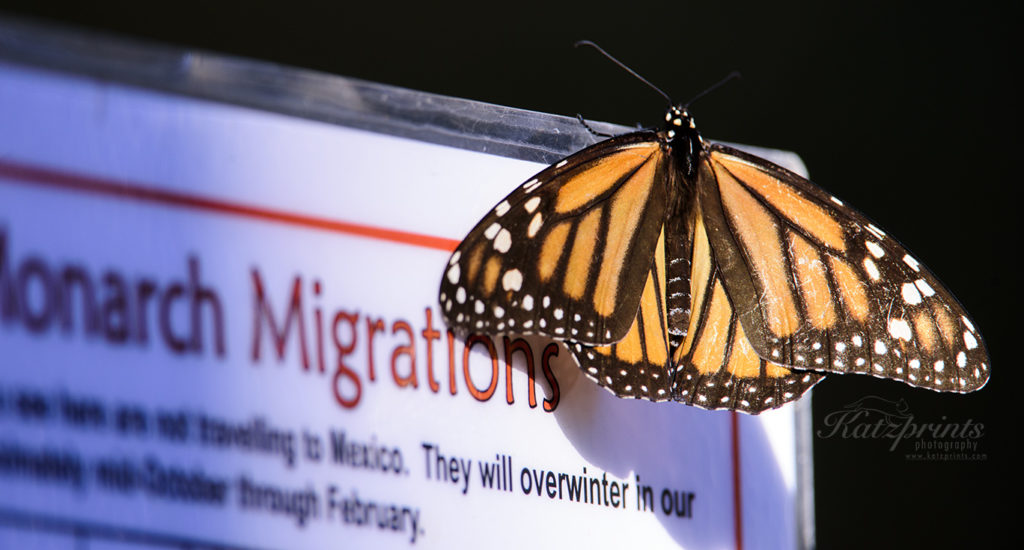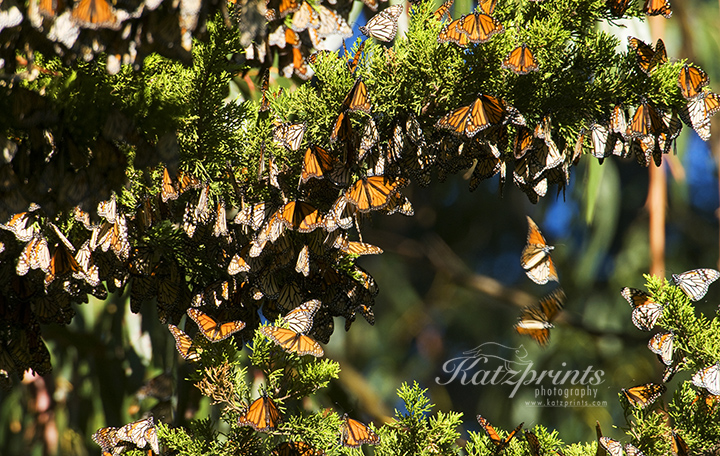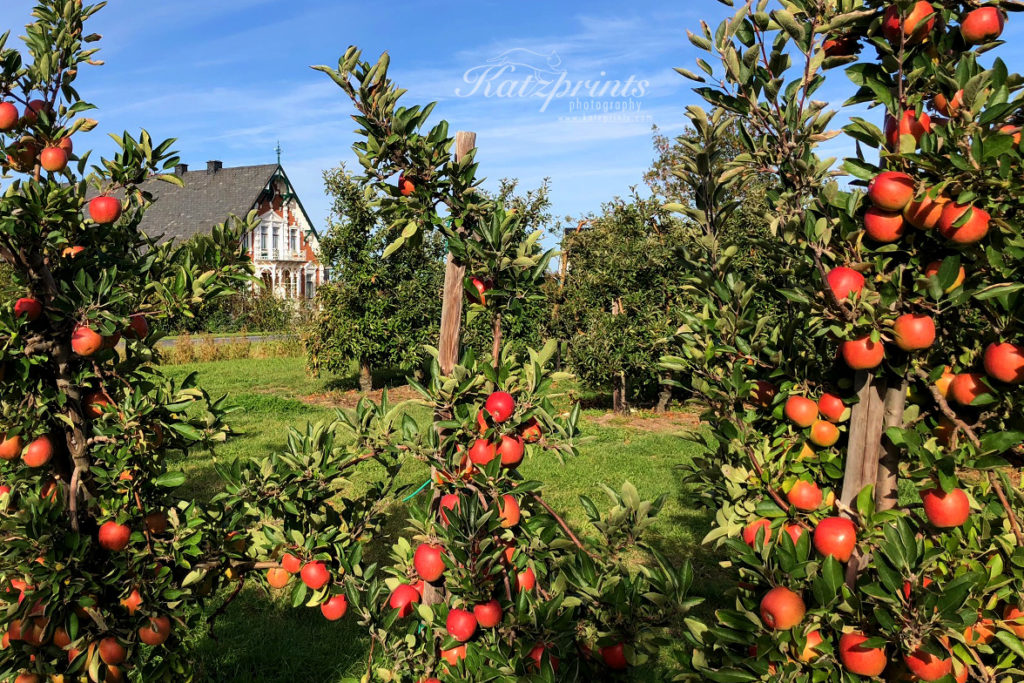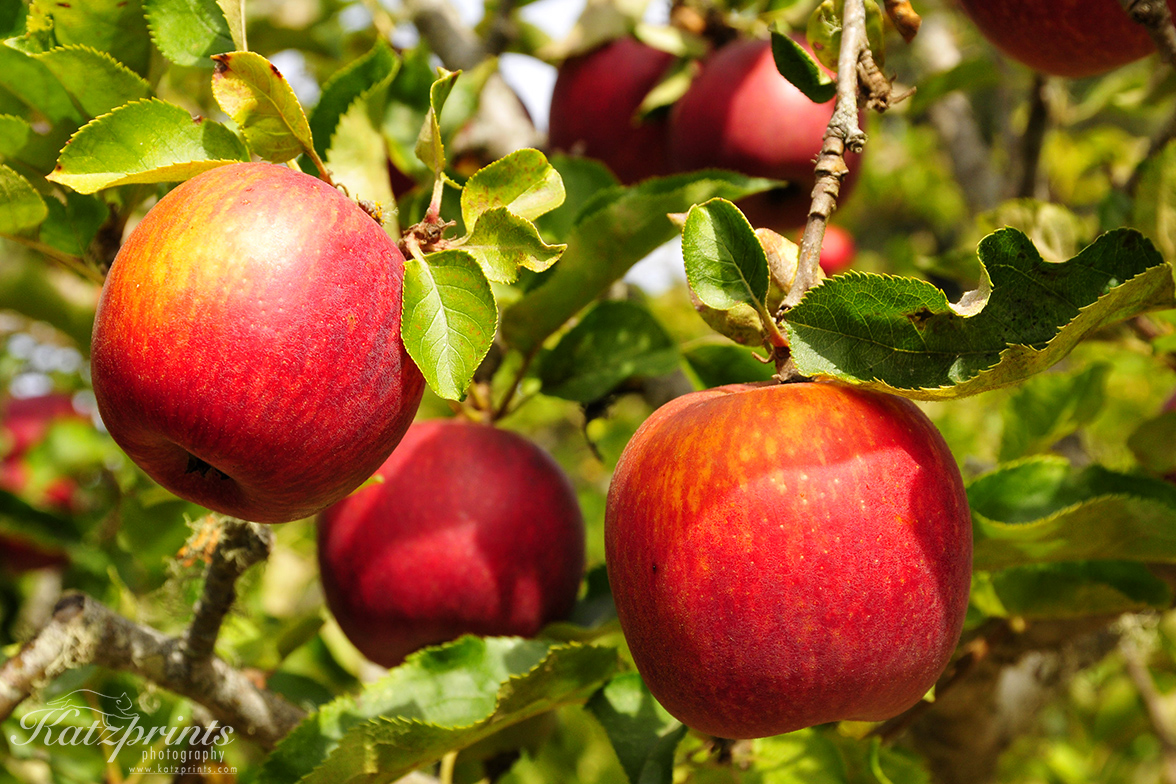Growing up in Germany, Easter was a much beloved holiday. It came with a ton of traditions involving two-week school vacations, egg hunts, chocolate bunnies, egg decorating, and the excitement of big bonfires. In my Protestant family, it was also filled with the music of Bach, as this was the time to perform all his beautiful Passions as well as Handel’s Messiah. All in all, Easter almost rivaled Christmas.
Easter crafts
Easter week was filled with crafts. We decorated numerous eggs, blown out by my mom first and by us kids later, when we were a bit older and ready to handle the delicate shells. As fun as that was, it meant eating scrambled eggs until they came out of your ears… wasting food was never an option. The eggs were used to decorate the Easter branches in the house (cut from the cherry or apple trees at just the right time so they would bloom on Easter Sunday) and trees outside, and reused until they broke. In addition to the eggs, we would decorate the garden and house with Easter figurines of all kinds. The figures, like those for Christmas, originally came from the Erzgebirge (Ore Mountain Range) in Saxony, the German region famous for its nutcrackers, smokers, angels, and pyramids.
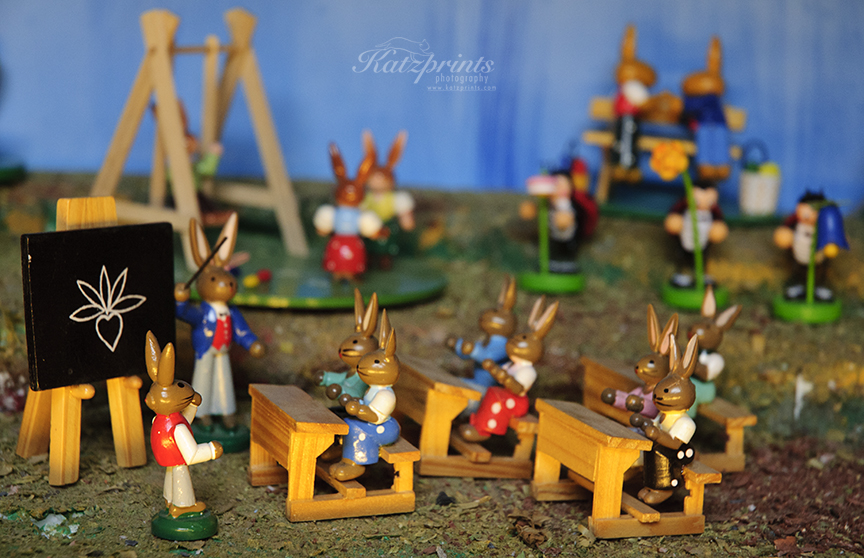
Good Friday
Good Friday was the solemn day amidst all the fun stuff. As kids, we were not allowed to play outside or be noisy in any way. Aside from gas stations, not a single store would be open. All of Germany shut down to reflect on the Crucifixion. Only the churches were filled with the musical story-telling of Easter. All of Germany? Well, not entirely… there was this little rebellious jazz club in my hometown that left their doors unlocked in case people happened to, you know, coincidentally find themselves in front of the building. Maybe there even was beer and some acoustic jamming, but I obviously would not know anything about it!
Easter Sunday
On Easter Sunday, we would color hard-boiled eggs in the morning and then go to church to sing our hearts out. Because as every musician knows, Easter has the best keys. Sorry, Christmas! Church was followed by family visits and activities, and of course lamb for lunch.

Egg hunts
Egg hunts (not actually limited to eggs) were an important part of Easter Sunday. I love to think back to Easter hikes through the forest, finding surprise Easter treats at the side of the trail. How on Earth did the Easter bunny know we were coming this way? It took us a while to figure out that my dad, hiking ahead, was cleverly dropping them for us. Since my grandmother was confined to a wheelchair, her egg hunts took place inside. We found chocolate treats and colored eggs in the piano, metronome, couch, and potted plants – wherever she could reach. After she once found a rather “unhappy” Easter egg in autumn, she started to write down every hiding place to make sure we kids did not miss a single treat.
Easter fire
One of the most impressive Easter activities in the countryside was and is the Osterfeuer. When I was a kid, the local fire brigade would collect Christmas trees and tree trimmings for months to build a huge pile of wood to set ablaze at dusk. The countryside was dotted with the glow of fires near and far. There was competition between villages and much mischief as the youth from one village would try to burn down the pile of the neighboring village prematurely. There never was a fence around the fire or really much consideration for safety. We played right next to several-story-high flames while our parents indulged in beer and grilled sausages. The fires were so big that we would go back the next day and make baked potatoes in the hot coals. Those were the days!

Present-day Easter
When you grow up with traditions, it takes a while to get used to different ways. Imagine my first year in the US when my work team had an offsite in Napa to go wine tasting. Wine tasting on Good Friday! I felt guilty from the first sip to the last, not that that stopped me! Also, why weren’t Good Friday and Easter Monday federal holidays? Did I choose a barbaric country to live in? Egg hunts came with their very own challenges here in California. I learned that the hard way when one of the eggs I had hidden turned into a chocolate creek flowing down the pool slide in my friends’ backyard. There were also musical surprises. In the US, you can hear Bach’s Passions all through the year, but the Messiah is done mostly for Christmas. What?!
I have always wondered why Easter isn’t a big thing here in the US. In the end, the answer probably is that it is harder to commercialize than Christmas.
Either way, I still keep up some of the traditions I grew up with. No, I don’t burn huge bonfires in my backyard, but I do an Easter vase each year. Mind you, that is actually easier said than done. When I came here, branches were not readily available in any store. After years of frustrations, we planted Forsythia in our garden. The plan was to grow our own branches. Unfortunately, our gardeners did not understand the branch concept and trimmed the bush nicely as a hedge… Nowadays, you can get pussy willow and corkscrew willow branches in places like Trader Joe’s and Whole Foods Market, but blooming branches are still a scarcity. I only know of one place in the Bay Area where you can find flowering branches around Easter and that is Ladera Garden & Gifts in Portola Valley. Please share if you know any other!
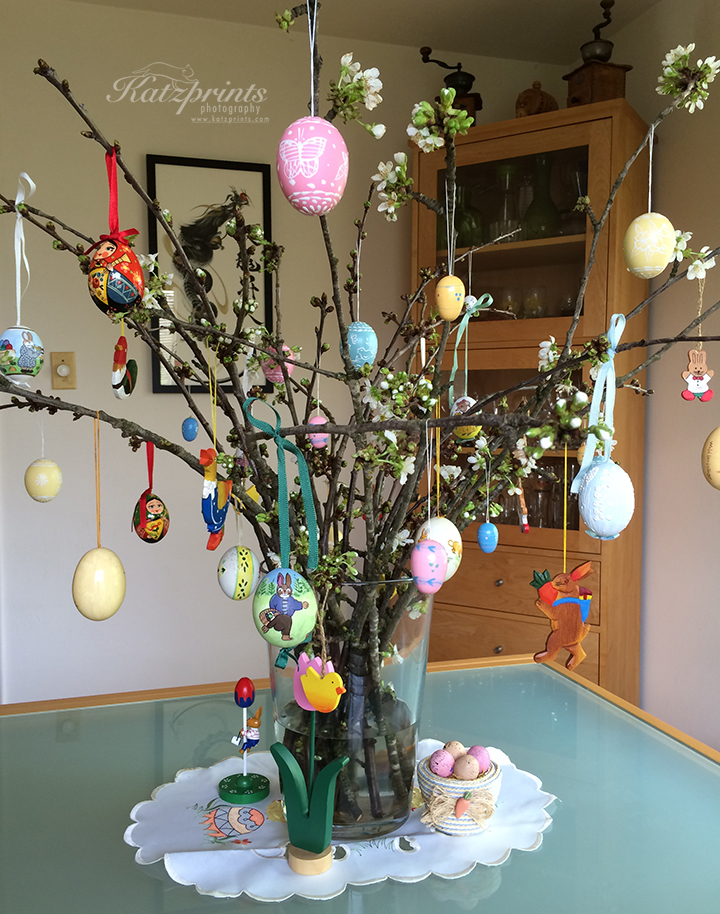
The famous Lindt Goldhase (chocolate bunny) with the red ribbon and golden bell that every German kid after 1952 grew up with was originally not an easy find here either. That has changed, though! While some years ago you still had to go to a specialty store to buy it, it can now be found almost anywhere, including major stores like Target, CVS, etc. There is just one difference; the US bunny does not have the trademark golden bell. I have not figured out why that is. My guess is that there is some weird choking hazard law that forces Lindt to sell them without the bell. Or it has something to do with shipping weight or pricing.

If you like German egg colors, go to Gourmet Haus Staudt. They carry the original IRIS-Eierfarben and everything else you need for Easter. Aside from the Staudt, Cost Plus is always a great place to find European chocolates as is probably any other European-inspired store that you frequent for your Adventskalender chocolates or Christmas treats. Jutta’s Flowers in Berkeley is a good bet if you are looking for painted eggs and Easter figurines. And just today, I walked into Market Hall Foods on 4th Street in Berkeley and was delighted (albeit very surprised) to see a whole array of Niederegger Easter treats. Those Italians… who would have thought?!
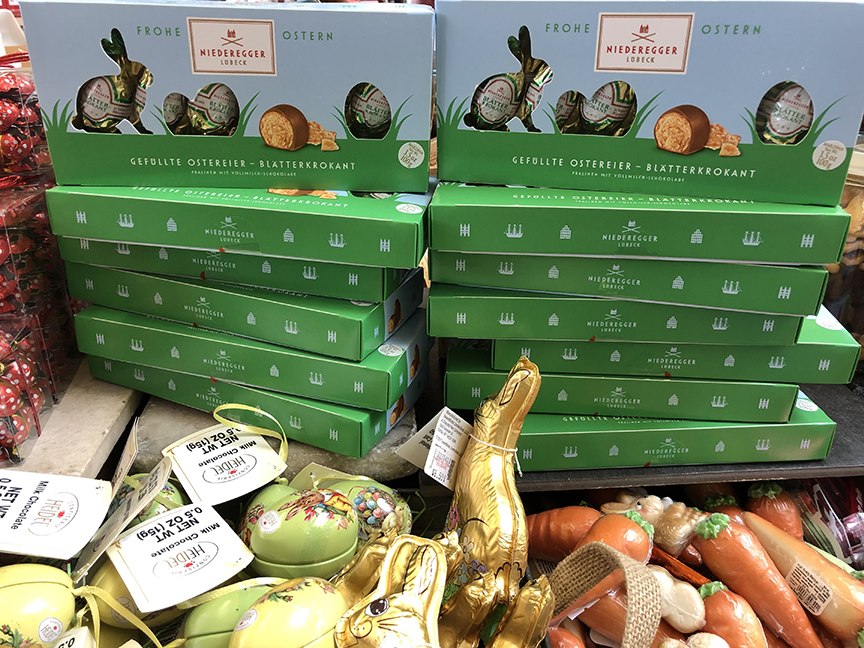
By the way, did you know that the Easter Bunny comes from Germany? The first written mention of the bunny goes as far back as 1682! And just like so many other traditions, it came to the US in the luggage of immigrants.
What are your favorite Easter memories? Please share in the Comments!

